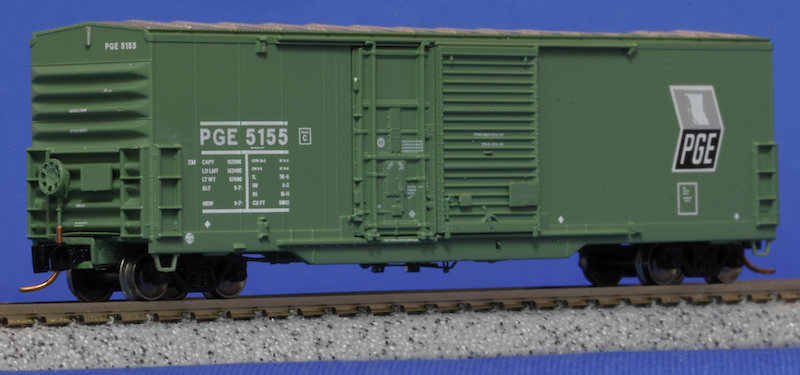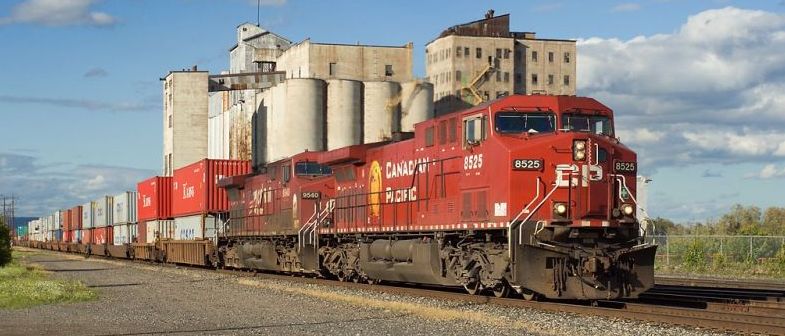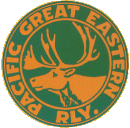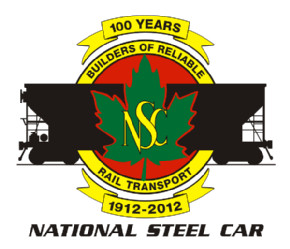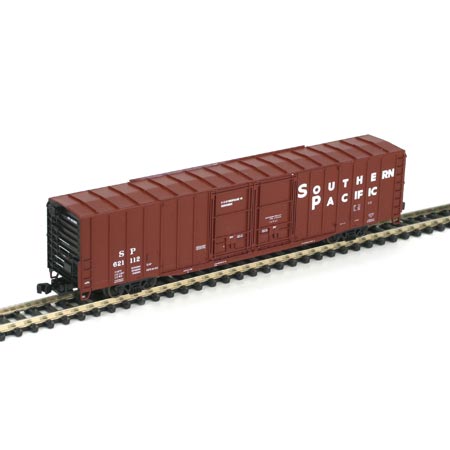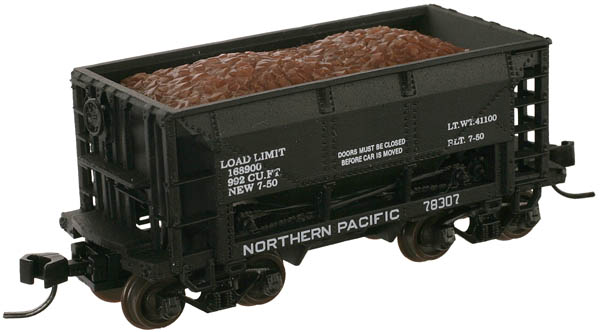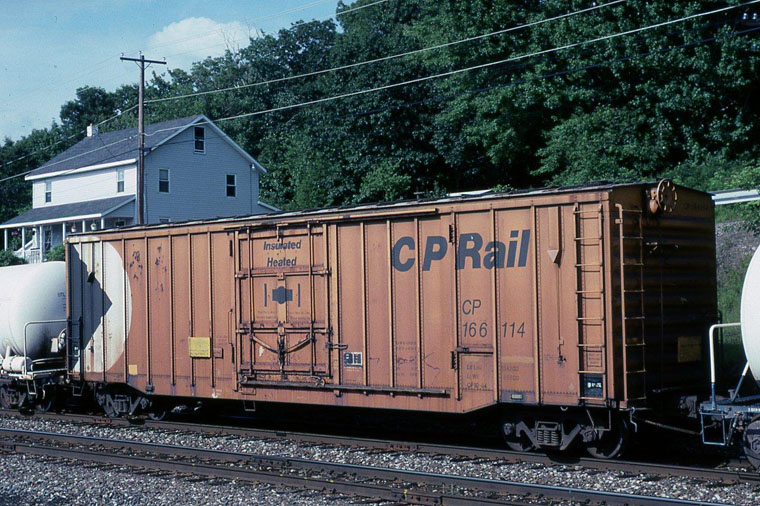Specific Item Information: Road Numbers: PGE 5251 PGE 5297 PGE 5308 PGE 5330 PGE 5366 PGE 5384
Prototype History: Steel boxcars became the de facto standard for railcar service sometime in the late 1950s. Every major railcar manufacturer had their own version. Plug-door cars held a better seal for air coming in and out of the car interior and operated much the same way a modern minivan side door works. A common feature for plug door cars such as the offering from NSC was an insulated interior to further protect the contents from the elements. From 1975 to 1980 National Steel Car built over one-thousand 50’6” single-plug door box cars. This being the post-roofwalk era, these cars have a simple aluminum roof. The model 5277 had an interior capacity of 5,277 c.f. and the model 5177 had a capacity of 5,177 c.f. Most of the 100-ton cars went to Canadian railroads primarily for paper service. Two hundred 70-ton cars went into food service for the Grand Trunk Western.
Road Name History: PGE launched in 1912 with a 12 mile line from North Vancouver, British Columbia to Horseshoe Bay where they picked up another 30 mile line reaching a point just north of Squamish. Six years later, the Province of British Columbia bought the railroad. By 1921, they had built north as far as Quesnel but that was it for the next 31 years. The south end of the line was abandoned in 1928.
In 1951, the Province pushed construction of the PGE north to Prince George in central B.C. and a connection with a Canadian National transcon line. This was the first physical connection with the North American rail network. Prior to that, interchange required car barges. In 1956, a rail link was finally completed to CN and CP in North Vancouver, finally closing the loop. In 1958, lines were built north from Prince George to Dawson Creek (and another CN connection.) In 1971, northward construction resumed to Fort St. John and finally Fort Nelson. This brought the mileage to 1,372 (putting it between Lehigh Valley and Iowa Chicago & Eastern in relative size.) The following year, 1972, the Pacific Great Eastern became the British Columbia Railway.
In 1951, the Province pushed construction of the PGE north to Prince George in central B.C. and a connection with a Canadian National transcon line. This was the first physical connection with the North American rail network. Prior to that, interchange required car barges. In 1956, a rail link was finally completed to CN and CP in North Vancouver, finally closing the loop. In 1958, lines were built north from Prince George to Dawson Creek (and another CN connection.) In 1971, northward construction resumed to Fort St. John and finally Fort Nelson. This brought the mileage to 1,372 (putting it between Lehigh Valley and Iowa Chicago & Eastern in relative size.) The following year, 1972, the Pacific Great Eastern became the British Columbia Railway.
Brand/Importer Information: North American Railcar is a manufacturer of N Scale model rolling stock. NAR is a subsidiary of Pacific Western Rail Systems, a hobby shop based in Surrey, British Columbia, founded by owner Dan Huberman. PWRS has been working with Micro-Trains for decades producing special runs of MTL cars for sale exclusively through their store. In 2008, PWRS started production of their own body styles - which are also exclusively sold through the PWRS storefront under the brand name North American Railcar. As of 2016 they produce three body styles each with several variations to achieve prototypical accuracy. In 2017 they announced production of a fourth body style.
Item created by: CNW400 on 2021-01-05 10:05:31. Last edited by gdm on 2023-09-20 11:41:04
If you see errors or missing data in this entry, please feel free to log in and edit it. Anyone with a Gmail account can log in instantly.
If you see errors or missing data in this entry, please feel free to log in and edit it. Anyone with a Gmail account can log in instantly.


